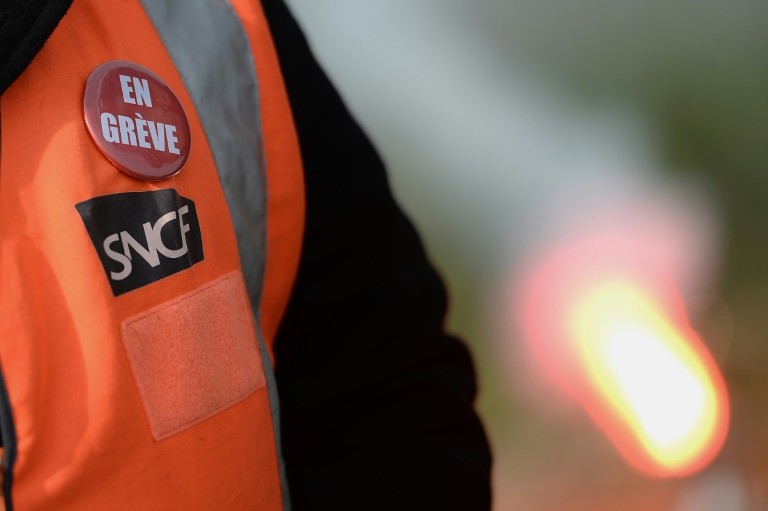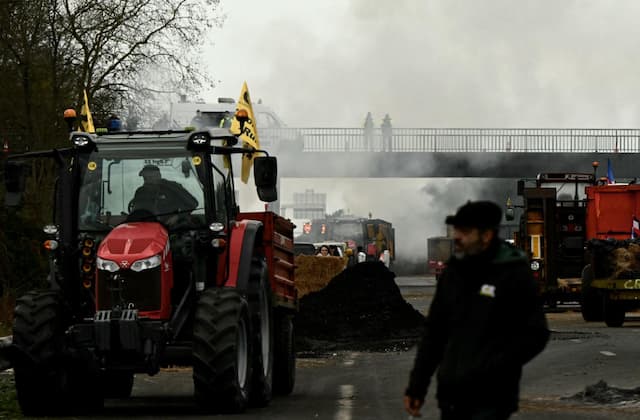SNCF: The Rate of Strikers Falls to 10,80% on the 32nd Day of Strike Action

The rate of strikers at the SNCF fell to 10.80% Monday, the lowest level since the launch of the strike action against the railway reform in early April
Strike rate at the SNCF fell to 10.80% on Monday 18th June, the lowest level since the launch of the movement against the railway reform in early April, according to the figures of the mobilization in the morning published by the management .
The previous lowest rate (12.78%) was recorded last Wednesday. Conversely, the highest level dates from the first day of the strike, April 3rd, with 33.9% of strikers.
43.8% of drivers on strike
On Monday, the 32nd day of strike among essential staff to train traffic there were 43.8% of drivers on strike (close to the lowest rate at 43.7%, far from the 77% of the 1st day), 38.1% of controllers (lowest level) and 16.7% of dispatchers (better than the lowest observed at 15.5%), according to the release of the management.
By category, 19.2% of executives were on strike, as were 8.6% of supervisors and 2% of managers.
In trades not essential for the movement of trains, there were 10.6% of strikers in network maintenance, 14.5% in equipment, 8.8% among commercial agents and 2.6% among personnel. administrative.
For this first day of the written exams of the bac, the CFDT Cheminots had decided a partial suspension of the movement, calling to roll the Transilien (including RER) and TER in order not to penalize the candidates . The fourth representative union of the SNCF, the CFDT Cheminots represents “30% of the drivers” of trains, affirmed last week its general secretary, Didier Aubert.
“Special Exams” feature
On Monday, the second day of the 16th episode of the SNCF’s two-day strike, three out of five TERs and two out of three Transilien (RER) were in circulation, as well as three TGVs out of four, one Intercity train out of two and four out of five international trains.
To support baccalaureate candidates and other exams, and to compensate for the railway workers’ strike, the SNCF has reactivated its “Special Exams” device to guarantee the strategic trains in the morning and to direct the candidates, thanks in particular to agents in “red vests” Deployed in the stations, while alternative buses were planned in certain areas.
En cette période d’examens, SNCF se mobilise et met en place le dispositif « SNCF Spécial Exams » pour accompagner les élèves vers leur centre d’examens 🚉 🎓 ⬇⬇⬇
Plus d’infos sur 👉 https://t.co/L2y2YjGPwC pic.twitter.com/4Qvq3j2KXV
— SNCF (@SNCF) June 15, 2018
Tuesday, while the strike will stop at 7.55am, “disturbances may remain in the early morning on the network,” said the direction. It foresees “almost normal” traffic for TERs and Transilien, “normal” for TGVs and international trains, while there will be nine Intercity trains out of ten.
Enjoyed this? Get the week’s top France stories
One email every Sunday. Unsubscribe anytime.


